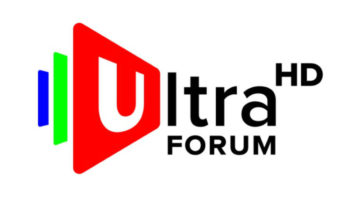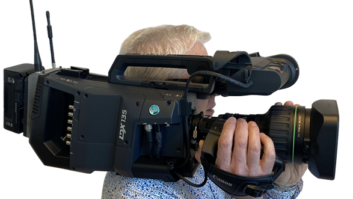Grass Valley is to enter the wireless camera arena with a new HD system based on the JPEG 2000 wavelet compression system and the WiMax/802.16 WiFi transmission standard, which it promises will deliver single frame delay and high-quality images, writes David Fox.
Grass has already picked JPEG 2000 as the main HD format for its new Infinity camcorders, because it displays fewer noticeable artefacts, such as blockiness, than MPEG often does when trying to compress fast moving and detailed pictures at lower bit rates.
Its HD wireless system will typically run at between 55 and 75 Mbps for intercutting with cabled cameras, although it can run at lower bit-rates for long-distance applications. It can be docked with its LDK 6000 series cameras, of which more than 1,000 are now in use, and future developments are likely to include full WiMax roaming, allowing ENG use anywhere in a city, for example. A complete system (excluding camera head, viewfinder, and control panel), should cost €116,000.
Ignite HD is claimed to be ” the industry’s first totally automated, digital, high definition (HD) control-room solution”. It is designed to enable efficient migration from SD to HD, and indludes its Kayak HD switcher and the CameraMan HD robotic camera system and SHOT Director HD controller.
Grass Valley’s new ViBE MPEG-4 H.264 encoder can deliver HD in the same bandwidth as many of today’s SD services. The first version is implemented in a digital signal processor-based architecture and will be used during the World Cup, but Grass is working on moving it to a single chip design, with the prospect of delivering high-quality HD at bit-rates as low as 4Mbps, by the end of the year. This more efficient version will be available as a plug-and-play replacement for buyers of the initial ViBE encoder, which costs from €65,000 and will be available by March.






